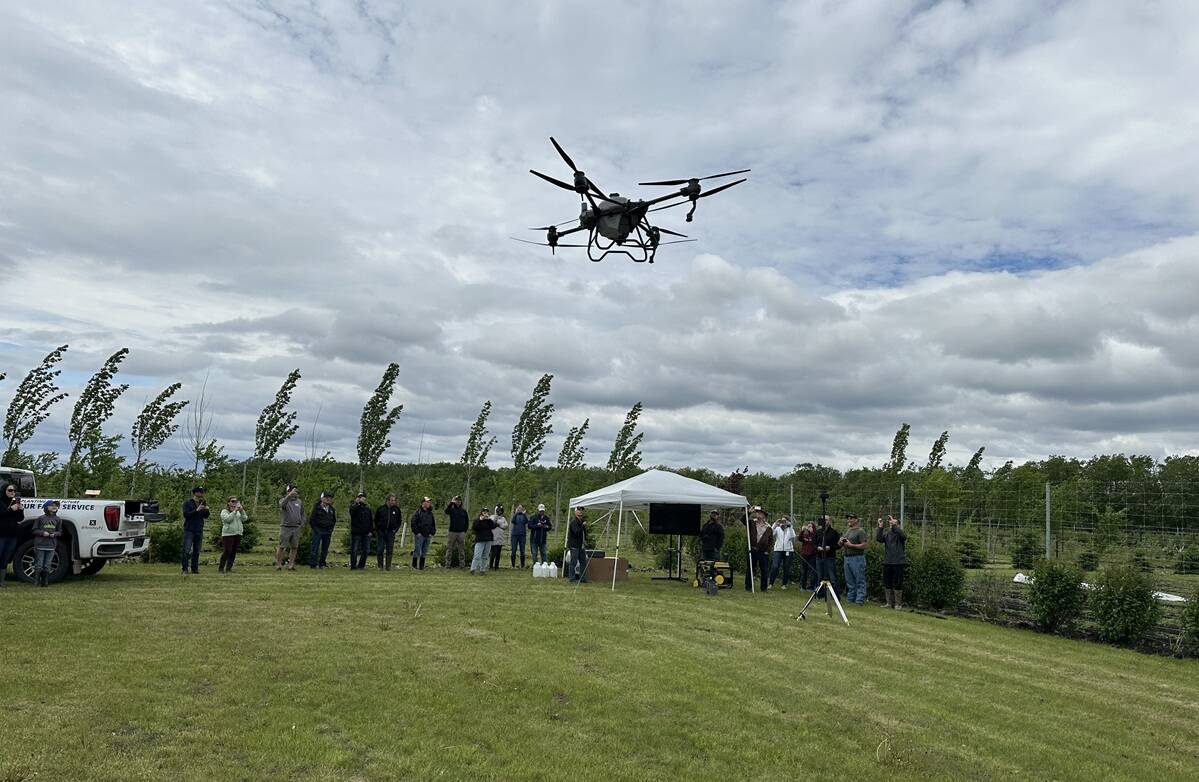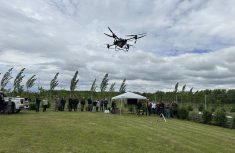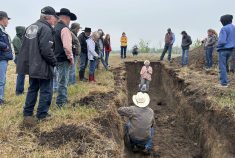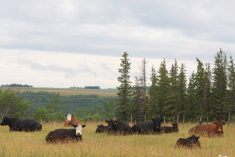When registered veterinary technician Dana Parker started her career, there were people in the Canadian veterinary industry who had first-hand experience with the foot-and-mouth disease outbreak in Europe. Others had colleagues who had been pulled into the crisis. But as that generation retires, fewer people practicing vet medicine have seen the fallout, so the disease has likely faded to an abstract, fuzzy type of risk in people’s minds.
But Parker, now with the Beef Cattle Research Council (BCRC), wants to keep foot-and-mouth on the front burner.
Canada’s livestock industry has seen big gains in the last several months, especially federal funds for a Canadian vaccine bank for foot-and-mouth disease. But the vaccines are only to be used to contain an outbreak. Current tests can’t differentiate between vaccinated animals and those previously infected by the disease, so using the vaccine before an outbreak would have punishing trade implications. So, if possible, we need to keep this plague out of the country. If it does hitch a ride with a traveller, we need producers and others in the livestock industry to know what it looks like and how to reduce the spread.
Read Also

What an abundance or scarcity mindset means for farm and ranch families
Shifting to an abundance mindset means taking stock of what you’ve got and figuring out how to improve those resources.
Parker says recently they’ve received funding directed towards prevention and awareness of the disease. BCRC is working with several groups, including Animal Health Canada, to create resources for producers as well as for agricultural businesses employing temporary foreign workers, translated into other languages. You can find foot-and-mouth information on BCRC’s website.
One of the new resources is an animated video that follows two livestock producers as they travel to a country with foot-and-mouth disease. They see some wildlife and visit farms (honestly, it looks like a great trip). One follows recommended biosecurity practices upon returning, including staying away from her livestock for five days. The second producer, Richard, doesn’t so much as wipe his boots before returning to his farm and caring for his livestock.
Don’t be like Richard, is the message of the video. Foot-and-mouth is a serious risk.
“The scary part of it is this is one of the most hardy, transmissible viruses out there. It is an incredible powerhouse when it comes to transmission and spread,” says Parker.
It can survive on hard surfaces for a “ridiculous amount of time.” It can travel through the air for several kilometres, depending on conditions. And although people don’t get sick from foot-and-mouth disease, we can carry it in our respiratory tracts and spread it to susceptible animals (as can other species, such as mice). Hence the recommendation that livestock producers sequester themselves for a few days upon returning.
“It’s just an incredibly adaptable, strong virus that deserves our respect.”
Still, Parker says they don’t want people to live in fear or feel like they must make “monumental” changes.
“We at the BCRC just want to be the bird on everybody’s shoulder, reminding people that it’s the little things that we do every day that help protect our industry.” That means being mindful of things such as wearing your “going-to-town” boots to a stock show, instead of your chore boots, and washing them when you get home. Or, if you’re borrowing a stock trailer, washing it before you load your cattle and again before you return it.
“We’re not asking you to stop doing all of the things that put your animals at risk. What we’re asking you to do is be mindful of that risk and mitigate it where possible. Those are the small things that will save our industry. And good biosecurity is good management from start to finish, from calf mortality to trade implications. Good biosecurity is just good for everybody.”
On a personal note, a Canadian foot-and-mouth outbreak is the last thing I want to have to cover in this magazine. I do not want to witness and document the damage it will do — economically, to exposed livestock, or to the financial and mental health of ranchers and farmers, and those who must euthanize the affected livestock. I’ve read Larry McMurty’s first novel, Horseman, Pass By, talked to people, read lots of articles and watched films about this disease, and that’s as close as I want to get to experiencing it.
We’re in a position to keep it out, so let’s do that.
















